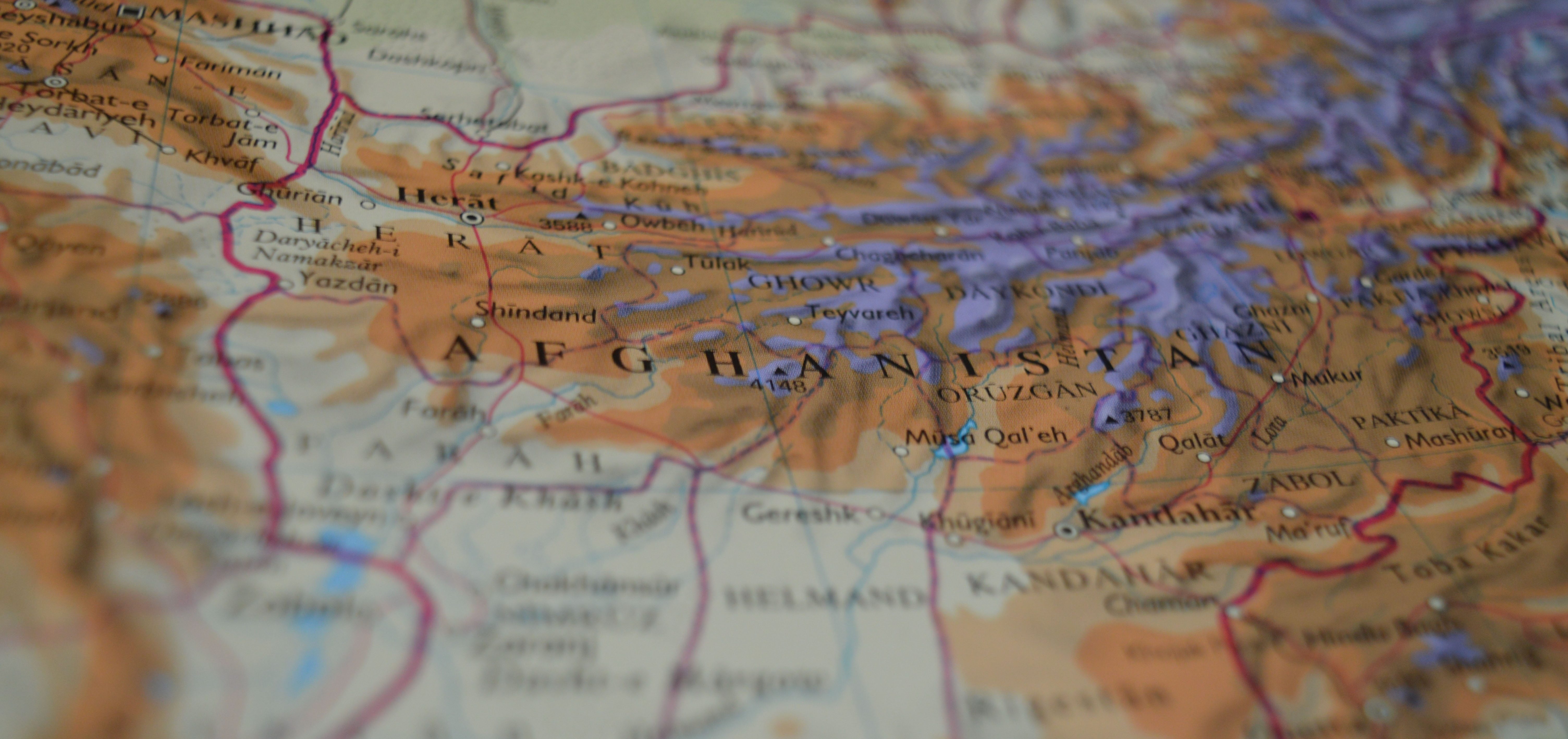Last year, after writing Node-Based Scenario Design, I received several e-mails from people interested in how node-based scenario design could be translated into a published product. This was an extended pitch I put together for a publisher who then, regrettably, disappeared off the face of the planet and stopped responding to my e-mails. I don’t think I’m going to be doing anything with it, so I thought y’all might find it interesting and/or useful.
The basic concept was a “ripped from the headlines” spy campaign in the vein of James Bond. This proposal doesn’t focus on the detailed node interactions, but instead looks at the “layer cake” structure of the whole campaign.
THE TALIBAN PROXY
START: The PCs are part of a task force investigating increased gang violence in a major American city. (I’m leaning towards San Francisco. But a gunfight in the Seattle Space Needle also sounds like a nice set piece.)
FIRST ESCALATION: They discover that they’re actually investigating a proxy gang war, like the ones fought between Pakistan’s ISI and Indian CBI in the streets of Bombay. In this case, the gangs are being supported by the Al-Shibh terrorist organization and the CIA. (Al-Shibh is derived from the Arabic word شبح, meaning literally “the ghost”.)
SECOND ESCALATION: There may be a bit of a thematic cul-de-sac involving the illegal CIA operation (with a wider consideration of fighting symptoms instead of causes), but the overall thrust is discovering Al-Shibh’s connection to a resurgent Taliban in Afghanistan. This investigation, backdropped by the ongoing war, lead the operatives to a massive Taliban operation hidden within previously undiscovered mammoth caves. (I’d like to tie the discovery of these caves into the “ripped from the headlines” element of the massive mineral wealth recently discovered by a geologic survey in the country. At least part of the structure can take the form of “cockroach tracking” — blowing a base and then tracking the survivors to the next base.)
THIRD ESCALATION: Breaching the Taliban complex, however, reveals that the Taliban isn’t the ultimate source of the money used to fund the proxy war. The Taliban itself was being used as a proxy. These leads take them to the blistering heat of Dubai where they have to unravel their way through the emirate’s massive money-laundering industry. Crazed architecture and mind-searing opulence provide the backdrop for an investigation harried by ever more active opposition.
FOURTH ESCALATION: The leads in Dubai take the investigators into the heart of the Biggest Bank Heist of All Time — the looting of $1 billion from the Central Bank of Iraq in March 2003. (The Central Bank was recently attacked again. This could be fodder for a “trying to destroy the evidence” sequence.)
BIG CONCLUSION: All the evidence now points to Qusay Hussein, the son of Saddam Hussein who was responsible for robbing the Central Bank of Iraq. Qusay, now in disguise, is apparently running the small Eastern European country of Nistrulia (which will be based on the real-life mafia state of Transnistria). But that’s not possible… Qusay was killed by American soldiers in July 2003. Or was he?
In any case, the PCs are now forced to fight the leader of a sovereign nation on his own turf — pitting their infiltration skills against a highly sophisticated police state.













Hey Justin,
I’ve taken your node-based design essay and expanded on it somewhat, integrating the ideas with some other campaign and setting development techniques I use. You might like to read them at http://www.kjd-imc.org/category/campaign-setting-design/
This is exactly what I needed to find today. I’m working on adapting a failed campaign that was mostly made up between sessions into a much more planned campaign, so I laid out a version of what you have above. Looks like I’m headed in the right direction so far!